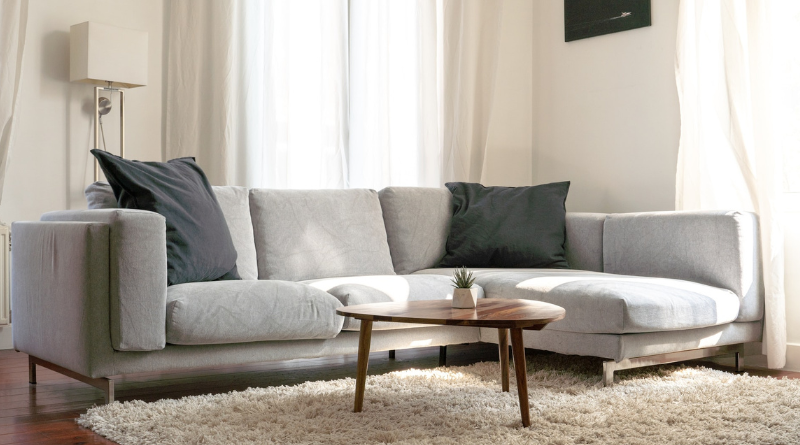
Baseboard heaters are a common heating solution in many homes, providing efficient and effective warmth during colder months. However, the placement of furniture around these heaters can pose safety risks and impact heating efficiency. In this article, we will explore the safety concerns associated with obstructing baseboard heaters, discuss optimal furniture placement strategies, and offer practical tips for ensuring safe and efficient heating in your home.
Introduction
Baseboard heaters are an integral component of many heating systems, utilizing convection to distribute warmth evenly throughout a room. However, obstructing these heaters with furniture can compromise their performance and pose safety risks. It’s essential to understand the function of baseboard heaters and the importance of proper furniture placement to ensure both safety and heating efficiency in your home.
Safety Concerns and Risks
Fire Hazards Associated with Obstructing Baseboard Heaters
Obstructing baseboard heaters with furniture can create a significant fire hazard due to the potential for overheating and ignition. When furniture blocks the airflow around the heater, heat can accumulate, leading to elevated temperatures that may cause nearby materials to catch fire. Additionally, blocked airflow reduces the heater’s efficiency, forcing it to work harder to maintain desired temperatures and increasing the risk of overheating.
Electrical Hazards and Insulation Risks
In addition to fire hazards, obstructing baseboard heaters with furniture poses electrical hazards and risks to insulation. Furniture placed in front of heaters may come into contact with live electrical components, posing a risk of electric shock or short circuits. Furthermore, blocked airflow can lead to insulation damage and increased energy consumption as the heater struggles to maintain optimal temperatures. Ensuring compliance with electrical codes and guidelines is essential to mitigate these risks and maintain a safe living environment.
Health Implications and Air Quality Concerns
Beyond safety risks, obstructing baseboard heaters with furniture can have implications for indoor air quality and occupant health. Dust and debris may accumulate behind furniture, reducing indoor air circulation and ventilation. For individuals with respiratory conditions such as asthma or allergies, poor indoor air quality can exacerbate symptoms and compromise overall comfort and well-being. It’s essential to consider the impact of furniture placement on indoor air quality and take measures to mitigate potential health risks.
Furniture Placement Strategies
Optimal Placement for Maximizing Heating Efficiency
To maximize heating efficiency and ensure safety, it’s crucial to maintain clearance distances around baseboard heaters. Furniture should be positioned to allow for unobstructed airflow, preventing heat from becoming trapped and reducing the risk of overheating. Utilizing heat deflectors or barriers can help direct warmth into the room while protecting furniture from excessive heat exposure.
Design Considerations for Integrating Baseboard Heaters
When designing your living space, consider incorporating built-in or wall-mounted furniture solutions to accommodate baseboard heaters. Low-profile or modular furnishings can help minimize obstruction while maximizing space utilization. By creating functional and aesthetically pleasing layouts that prioritize heating efficiency, you can achieve a harmonious balance between comfort and safety in your home.
Alternative Heating Solutions and Space Optimization
In rooms with limited layout flexibility, consider exploring alternative heating options such as radiant panels or underfloor heating. Retrofitting existing baseboard heaters for improved efficiency can also help optimize space utilization and minimize safety risks. By maximizing space efficiency and exploring innovative heating solutions, you can create a comfortable and safe living environment that meets your specific needs and preferences.
Practical Tips and Precautions
Measuring and Maintaining Clearance Distances
When placing furniture near baseboard heaters, always adhere to manufacturer recommendations for safe clearance distances. Use measuring tools and templates to ensure accuracy and regularly inspect furniture placement to make adjustments as needed. Maintaining proper clearance distances is essential for preventing overheating and maintaining optimal heating efficiency.
Implementing Safety Accessories and Enhancements
To enhance safety and mitigate risks associated with obstructing baseboard heaters, consider installing heat-resistant furniture pads or spacers. Securing furniture to prevent accidental displacement can also help minimize safety hazards. Educating household members and guests about safety protocols and best practices is essential for maintaining a safe living environment.
Consulting with HVAC Professionals and Interior Designers
When in doubt, consult with HVAC professionals or interior designers to ensure optimal furniture placement and heating system performance. Experts can offer valuable insights and recommendations based on your specific needs and preferences, ensuring compliance with building codes and regulations. By collaborating with professionals, you can achieve a safe and efficient heating solution that enhances comfort and well-being in your home.
Conclusion
In conclusion, proper furniture placement around baseboard heaters is essential for maintaining safety, heating efficiency, and indoor air quality in your home. By understanding the risks associated with obstructing baseboard heaters, implementing optimal furniture placement strategies, and consulting with experts when needed, you can create a comfortable and safe living environment that meets your needs and preferences. Prioritizing safety and heating efficiency ensures a harmonious balance between comfort and functionality in your home.





